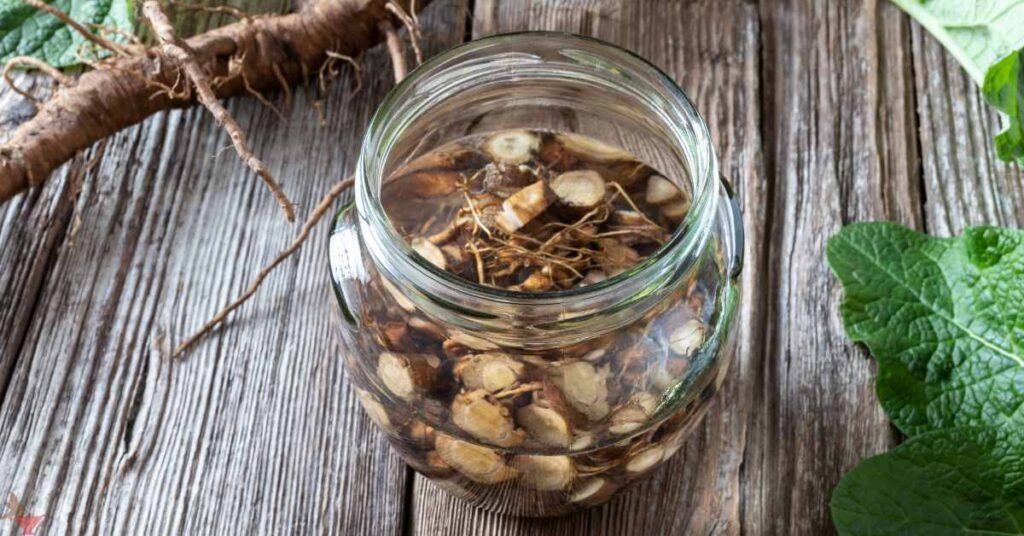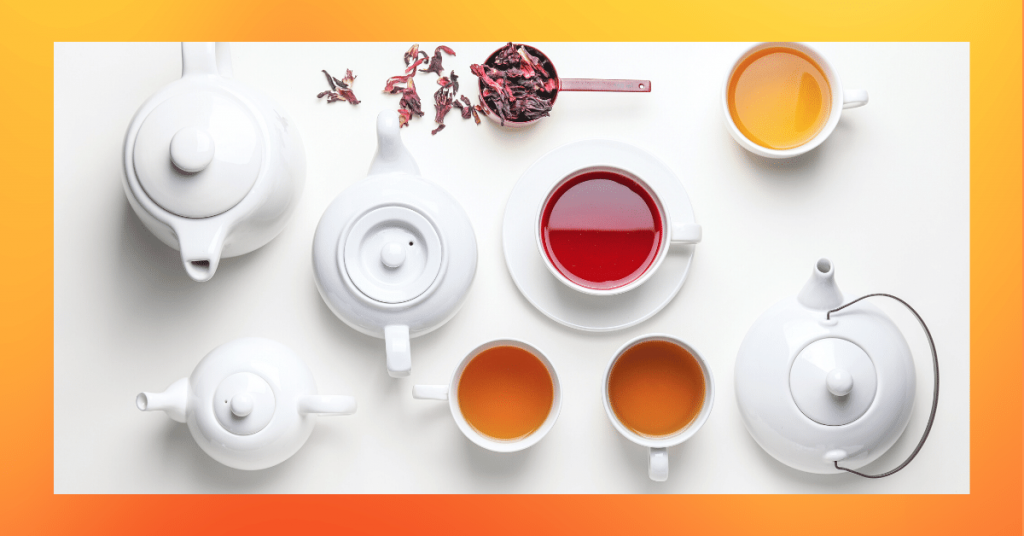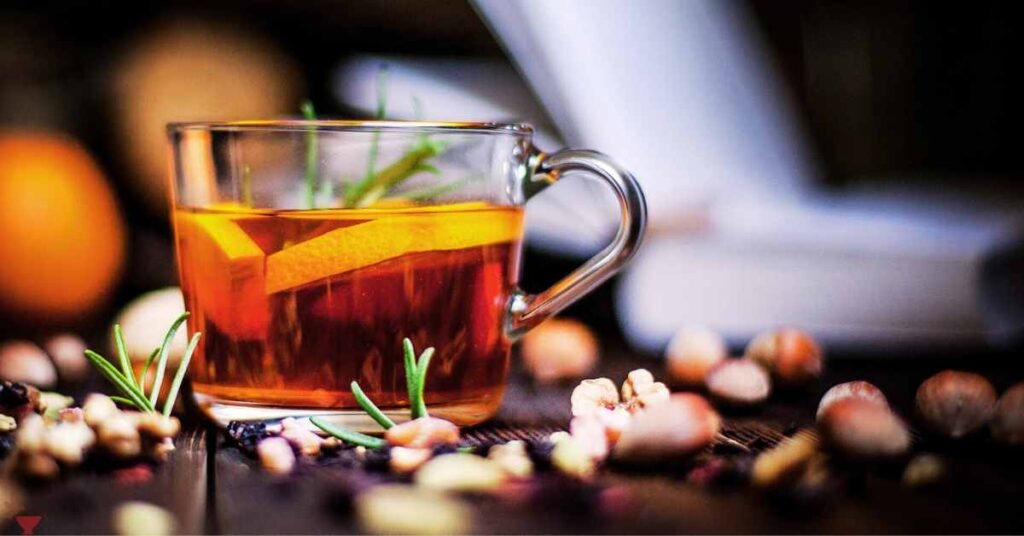Poisonous Doubles of Medicinal Herbs for Teas to Be Aware Of
Herbal teas have been cherished for centuries for their medicinal properties and soothing effects.
However, nature’s diversity means that some beneficial herbs have toxic look-alikes, which can be hazardous if consumed.
It’s crucial for anyone interested in foraging or preparing their own herbal teas to be able to distinguish these poisonous doubles to ensure safety.
This article will explore some common medicinal herbs and their dangerous doppelgängers.
Chamomile (Matricaria chamomilla) vs. Pineapple Weed (Matricaria discoidea) and Scentless Mayweed (Tripleurospermum inodorum)
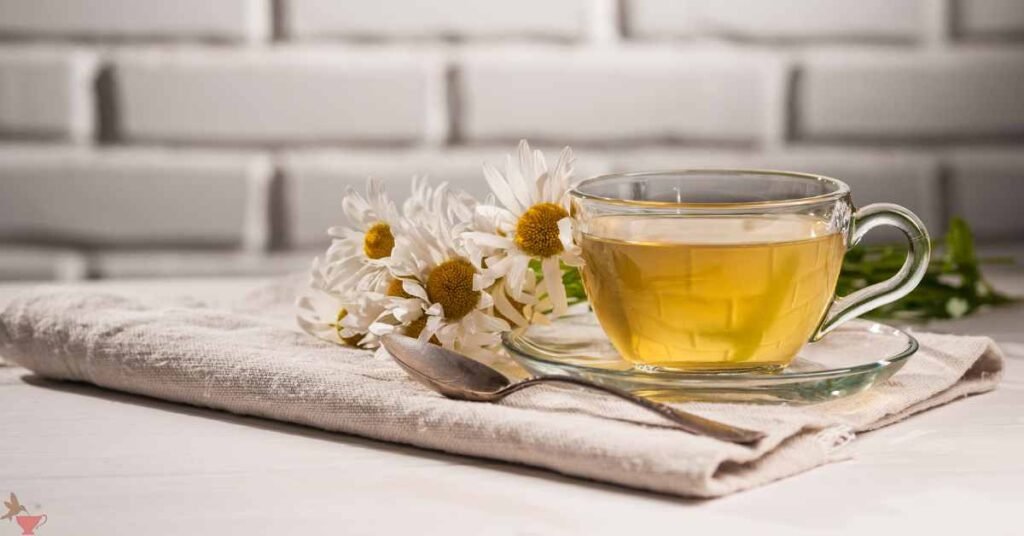
Chamomile is a beloved herb used to make calming teas, renowned for its gentle sedative and anti-inflammatory properties.
- Pineapple Weed looks similar to chamomile and is often found in the same environments. Fortunately, it is not harmful and can also be used to make tea. However, it lacks the same medicinal strength as chamomile.
- Scentless Mayweed closely resembles chamomile but lacks its distinct apple-like scent. Scentless mayweed is not toxic but can cause allergic reactions in some individuals.
Elderflower (Sambucus nigra) vs. Water Hemlock (Cicuta spp.)
Elderflower is known for its immune-boosting properties and is often used in teas to fight colds and flu.
- Water Hemlock is highly toxic and often grows in similar wet areas as elderflower. Water hemlock can cause seizures, vomiting, and death. The plants can be distinguished by their leaves: elderflower has finely serrated, pinnate leaves, while water hemlock has compound leaves with toothed leaflets.
Stinging Nettle (Urtica dioica) vs. Deadly Nightshade (Atropa belladonna)
Stinging Nettle is valued for its rich nutrient content and is used to make teas that support joint health and reduce inflammation.
- Deadly Nightshade, also known as belladonna, is extremely toxic and can cause delirium, hallucinations, and death. While the plants look quite different, confusion can occur when foraging for young nettle shoots. Nettles have fine, stinging hairs, whereas belladonna has smooth, purple-tinged stems.
Dandelion (Taraxacum officinale) vs. False Dandelion (Hypochaeris radicata)
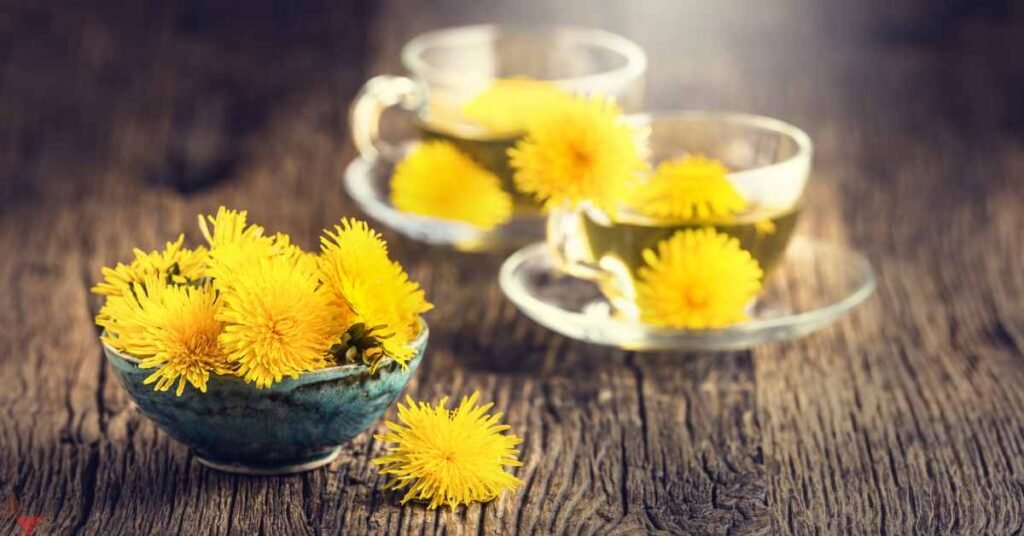
Dandelion is widely used in teas for its detoxifying properties and support for liver health.
- False Dandelion resembles true dandelion but has branching stems and larger flower heads. While not as dangerous as some other look-alikes, false dandelion can cause digestive discomfort.
Valerian (Valeriana officinalis) vs. Hemlock (Conium maculatum)
Valerian root is a well-known herbal remedy for insomnia and anxiety.
- Hemlock is a deadly plant that can cause respiratory failure and death. Hemlock leaves are finely divided and have a strong, unpleasant odor when crushed, unlike the fern-like leaves of valerian.
Wild Carrot (Daucus carota) vs. Poison Hemlock (Conium maculatum)
Wild Carrot, also known as Queen Anne’s Lace, is sometimes used in teas for its diuretic properties.
- Poison Hemlock looks very similar to wild carrot but is highly toxic. Key differences include the smooth, hollow, and often purple-spotted stem of hemlock, compared to the hairy stem of wild carrot.
Mugwort (Artemisia vulgaris) vs. Wormwood (Artemisia absinthium)
Mugwort is used in teas for its digestive benefits and as a mild sedative.
Wormwood contains thujone, which can be toxic in large amounts. While both belong to the same genus, mugwort leaves are dark green on top and white and downy underneath, whereas wormwood leaves are silvery-green and more finely divided.
Burdock (Arctium lappa) vs. Foxglove (Digitalis purpurea)
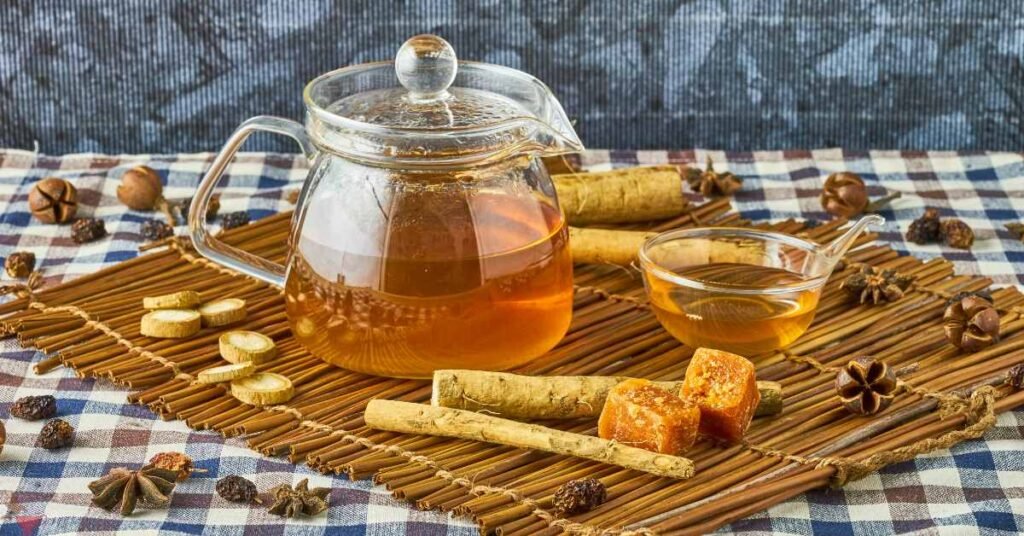
Burdock root is commonly used in teas for its detoxifying properties and support for skin health.
- Foxglove contains digitalis, a potent heart toxin. Foxglove leaves are large, soft, and woolly, while burdock leaves are rougher and less uniform in shape.
Safety Tips for Foraging and Preparing Herbal Teas
- Proper Identification: Always use a reliable field guide or app to correctly identify herbs. When in doubt, consult an expert.
- Avoid Wild Harvesting Near Roadsides: Plants near roads can be contaminated with pollutants.
- Test in Small Amounts: When trying a new herb, start with a small amount to ensure there are no adverse reactions.
- Educate Yourself: Learn about the habitat, growing conditions, and look-alike plants of your chosen herbs.
- Use Reputable Sources: Obtain your herbs from trusted suppliers if you are not confident in foraging.
Final Word
While herbal teas offer numerous health benefits, it’s vital to be aware of poisonous doubles that can pose serious health risks.
By learning to identify these look-alikes and following safety guidelines, you can enjoy the benefits of herbal teas without the dangers.
Always prioritize safety and consult knowledgeable sources when dealing with wild plants.
However, the safest way to obtain herbal teas is to order from the exquisite online store of Hummingbird Tearoom that offers a wide variety of true teas and tisanesof premium quality.
MEDICAL DISCLAIMER
Itsnevernotteatime.com cannot and does not contain medical/health advice. The medical/health information is provided for general and educational purposes only and is not a substitute for professional advice.
